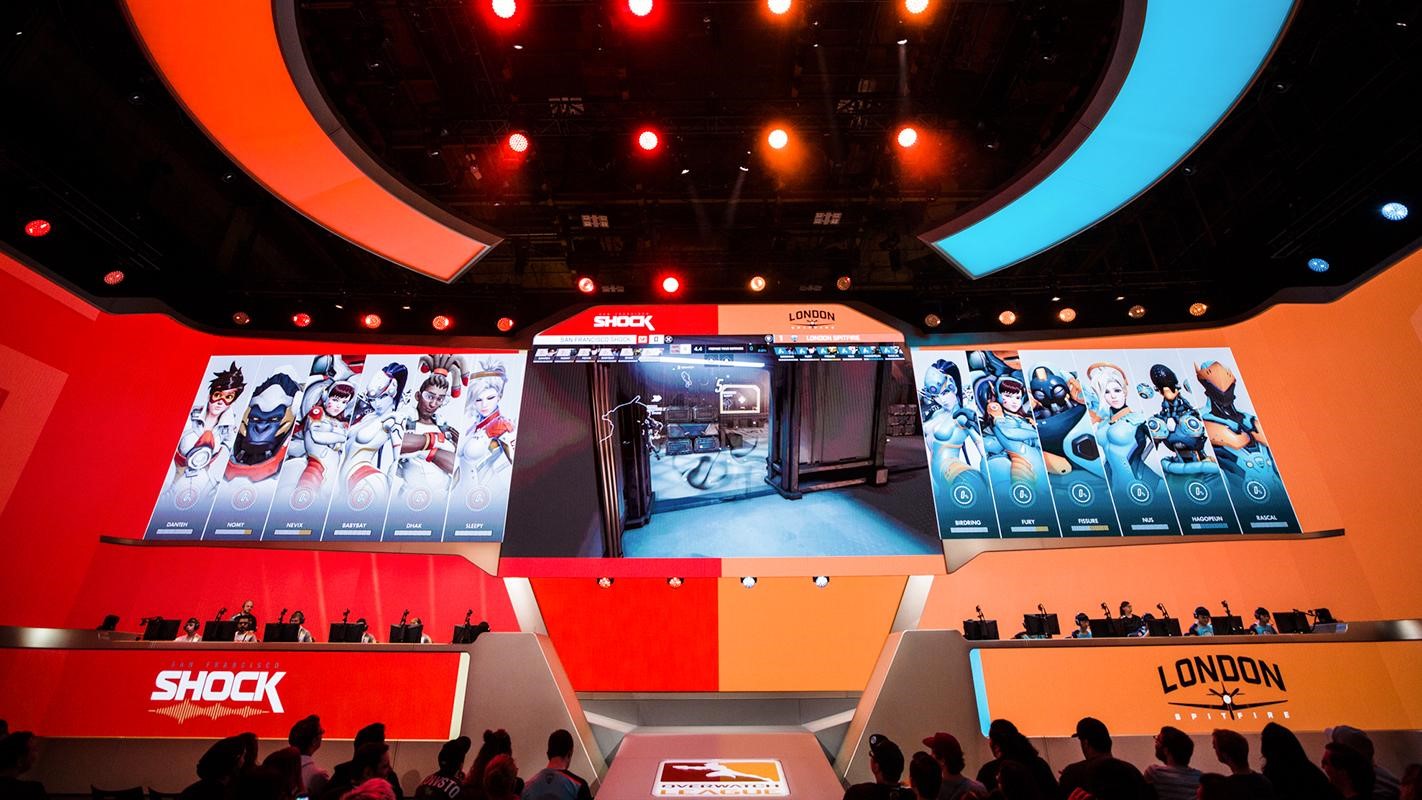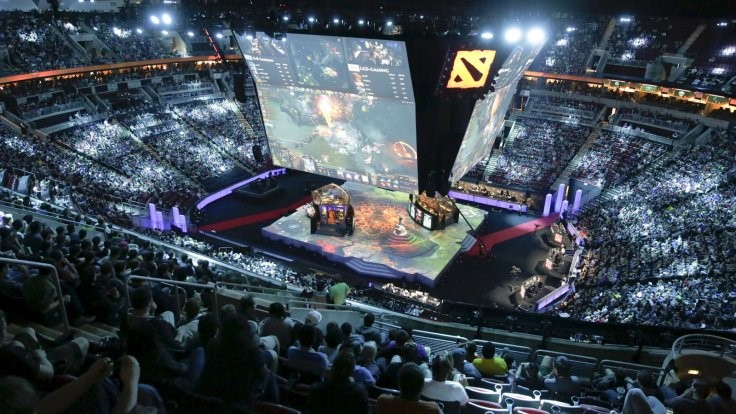The sport we are able to watch today would be almost unrecognisable to those who watched the 1966 World Cup. Sports broadcasting has benefitted greatly from advances in technology: spectator sports today utilise more camera angles and viewpoints than ever before, and are broadcast in higher resolutions and framerates to capture every goal, point or try. The result is a view of the action that is, objectively, better than actually being there in person.
eSports—the world of professional competitive gaming—owes much to the technological developments in modern sports broadcasting. Matches are held as both online and stadium events; some large competitions, such as the League of Legends World Final in 2014, have managed to sell out venues which can seat 45,000 people. With attendance figures like these, it’s no wonder that companies such as the BBC, Amazon, Sky and ITV have started to jump on the eSports bandwagon.

Matches are usually supplemented with expert commentary from a panel of gaming personalities, player reactions, live statistics and special in-game ‘spectator’ cameras which can provide a view of the game world from an angle entirely separate from the players’ viewpoints. All this data is edited live and presented with the style and polish of a Premier League football match, creating exciting gameplay and fast-paced action for live audiences which can number in the millions.
Competitive gaming is certainly not a new thing; in the 1980s, arcade culture fostered competition through multiplayer gaming and highscores. It was only when videogame companies got involved by asking players to participate in tournaments that eSports as we know it today became a possibility. Atari held the Space Invaders Tournament in 1980; regarded as the first of its kind, it attracted more than 10,000 participants.
Today, the most popular games are represented through eSports organisations and teams. They include FPS (first-person shooters) such as Overwatch and Counter-Strike; MOBAs (multiplayer online battle arenas) such as Dota 2 and League of Legends; RTS (real-time strategy) and fighting games.
Just as many real-world sports are represented through videogames such as the FIFA series, existing sports franchises have begun to ‘sign’ their own eSports gaming stars to represent their brand in the virtual world.

In many ways, the growth of the eSports industry highlights the flaws of traditional broadcast sport, which has been shown to be in steady decline according to research such as PwC’s Sports Survey 2017. eSports allows instant audience engagement through social video and streaming services such as Twitch; the perceived distance between players and fans is broken down. Meanwhile, broadcast sport has been using the same distribution model since its inception, and has been slow to accept innovations such as goal-line technology.
eSports thrives in a digital format that is largely free for consumers and has readily implemented virtual reality broadcasts, mobile phone apps and chatrooms as part of the viewing experience. With tech companies such as Facebook and Amazon waiting on the sidelines with their own distribution platforms at the ready, it’s clear that traditional live broadcast sport can only benefit from accepting the innovations eSports has to offer.

To learn more about the history of sports broadcasting, from early radio and television to the rise of eSports, visit Action Replay at the National Science and Media Museum. The exhibition is open until 30 September 2018.
One comment on “eSports: The virtual frontier of broadcast sport”